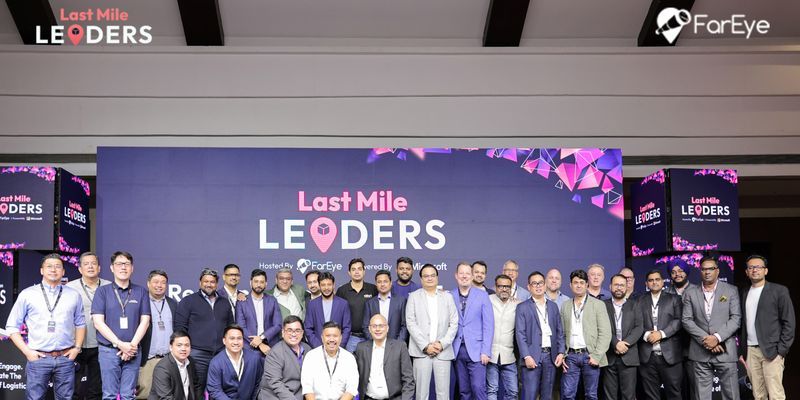How to leverage user-generated content for your content marketing
As content takes the throne as the king, content marketing and its essence draw more attention. With the increasing levels of digitisation, what you put on a virtual platform is what defines your brand’s entity. This is where content marketing comes to play an important role for anyone looking to increase visitors to their site or inbound leads, or even establish their brand’s digital identity.
As part of my work, I get to talk to entrepreneurs every day, and those who interest me get featured in my LinkedIn posts. This helps keep my LinkedIn profile relevant with interesting content and also with leads for the services I provide. Think of this as user-generated content that I leverage to get leads.
You can do the same for your startup. How? People are inherently seeking out ways to improve their status, and want to be appreciated. Let’s say you are a brand that sells luxury shoes on Instagram. Now one way to promote your brand would be audience engagement. Ask customers to share their images with your product and the brand’s hashtag, then feature them on your Instagram page. This will gain traction as other customers will keep your brand’s social handle relevant, and before you know it, ‘getting featured on your brand’ will be a thing. Simple experiments like these can help a lot with tuning your marketing strategy.

Here are some common techniques you can exploit to leverage user-generated content:
Create customer-centric events
Think of an event, either online or offline, where your customer takes centre stage. Be it a formal set up or a casual chat, the customer needs to be the star of the show. You can invite your customers to talk about your brand at a meetup or a conference or involve them in an AMA (Ask Me Anything). The motive is to use word-of-mouth to pull in more potential customers, as reviews by existing customers will do your more good than any paid marketing.
Work with your customers
This is a tricky one. Though it can provide great insights, there is a thin line – between your and the customer’s artistic process – you have to tread carefully. Collaborating and recognizing your customers’ work will help ensure their patronage. If you are a company that sells cookware, ask customers to send in their recipes, or hold an event where they can cook using your products, for example.
Create a quick survey for them
Surveying is a method which can provide original insights in real-time. This works perfectly well if you have a huge group (either in the form of an email list or an FB group). It’s an opportunity for you to understand various aspects of your business through the eyes of your customer. The results can also be used for your blog posts or when you pitch to potential customers. The more informative you make your presentations, the better your chances of new conversion will be.
Get reviews from your customers
People connect with humans more than a marketing cut-out. Think about it – how many times have you gone to the review section to get a first-hand account of a product or company? Recommendations and reviews provide tacit trust which an influencer or market campaign sometimes just can’t tap into. So where do you go? Ask existing clients or customers to send in a brief video or an online review, anything that works for them.
User-generated content helps you convert your customer’s patronage to tangible advocacy. The more organic you make your brand’s connect and outreach efforts, the better responses you are likely to receive. Use the insights and sense of ownership generated by incorporating user-generated content into your marketing efforts to help you transition from just another brand on the block to being the people’s brand.









![[Startup Bharat] Y Combinator-backed BeWell Digital is enabling the digital transformation of radiologists](https://images.yourstory.com/cs/2/40d66ae0f37111eb854989d40ab39087/ImagesFrames31-1648033042143.png)

